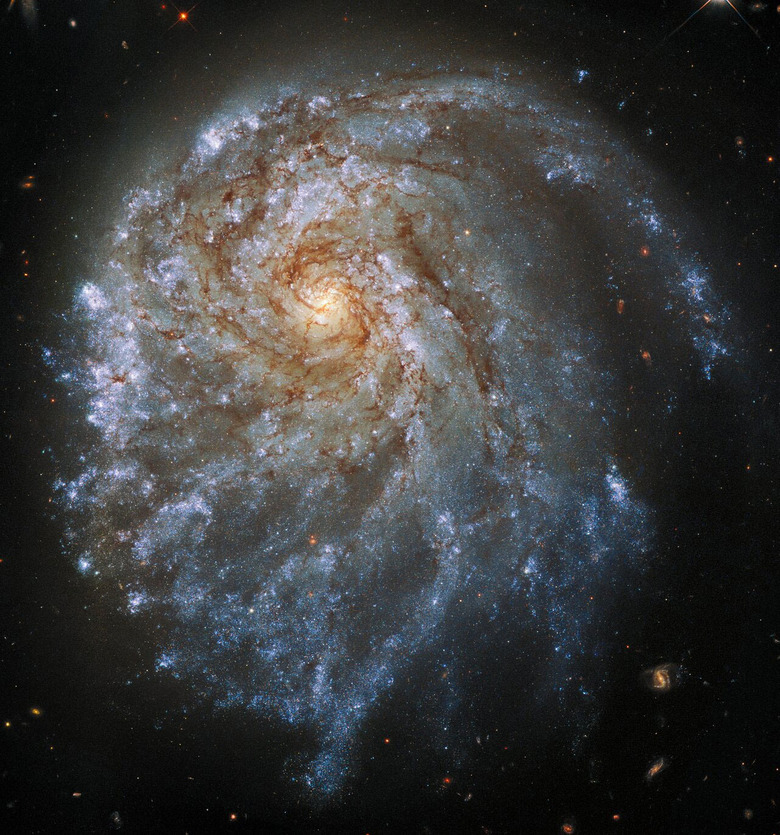Hubble Space Telescope images galaxy NGC 2276
NASA and ESA have shared an image taken by the Hubble Space Telescope showing the trailing arms of a galaxy called NGC 2276. The galaxy is about 120 million light-years away from Earth in the consolation Cepheus. The galaxy seems to have bright spiral arms and darker dust lanes like other spiral galaxies in the universe. A closer look reveals something surprisingly different about the galaxy.
NGC 2276 appears on inspection lopsided and shaped by gravitational interaction and intense star formation, more so on the left than the right. Astronomers say two different astrophysical interactions cause the galaxy's appearance. One interaction has to do with superheated gas pervading galaxy clusters and another with a nearby galactic neighbor.

Interaction of NGC 2276 with the intracluster medium, which is the superheated gas between galaxies and galaxy clusters, has ignited star formation along one edge of the galaxy. The formation is seen in the image as the bright, blue-tinged glow of newly formed massive stars towards the left side of the image. That intense star formation gives the galaxy a lopsided appearance.
On the side of the galaxy opposite the intense star formation, the gravitational attraction of a smaller companion is pulling the outer edges of the galaxy out of shape. The interaction is with a small lens-shaped galaxy called NGC 2300. NASA notes that NGC 2276 isn't alone in having a strange appearance.
A book called the Atlas of Peculiar Galaxies was published in 1966 and is a catalog of unusual galaxies in the universe. NGC 2276 is listed twice, once for its lopsided spiral arms and once for interaction with its smaller galactic neighbor NGC 2300.
